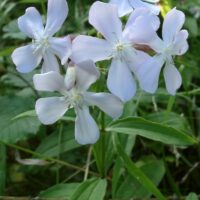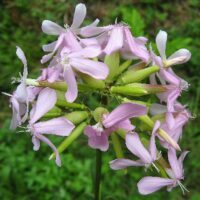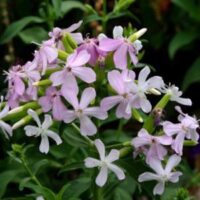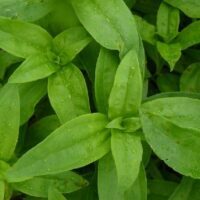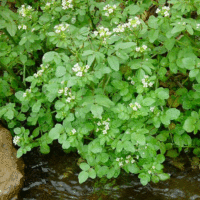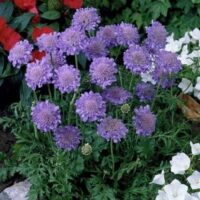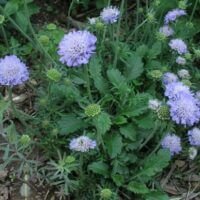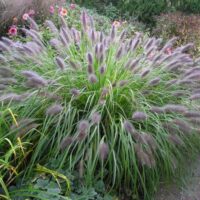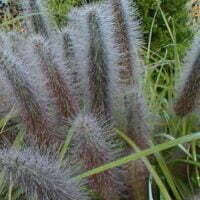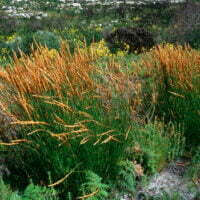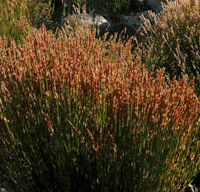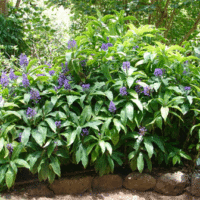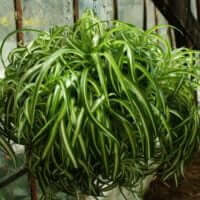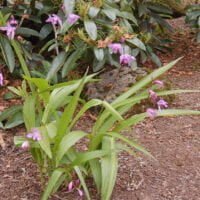| Botanical name | Saponaria officinalis |
|---|---|
| Plant Care |  Full Sun Full Sun – Prefers 6 or more hours of sun per day. Frost Hardy Frost Hardy – Can Handle frost without damage.  Moderate Watering Moderate Watering – Requires Regular Watering.  Non Indigenous Non Indigenous – Exotic to South Africa. |
| Size | |
| Categories | |
| Flowers | August September October This plant carries umbels of tiny, rose-pink flowers in spring. |
| Common name(s) | Soapwort, seepkruid (A) |
| Origin | |
| Foliage | This plant forms pale to mid-green leaves. |
| Uses in landscape design | Ideal for rock gardens, banks or over walls. |
| Soil conditions | They require moderately fertile well-drained soil. |
| Growth rate | Fast |
| Uses | Makes a good cut flower for the vase. |
| Interesting info | Create a soap by boiling the whole plant or preferably the root in water. |
| Propagation | It propagates by rooted runners. |
| Harvest | Can be harvested anytime of the year. The flowers, leaves, stems and roots can be picked as required. |
Saponaria officinalis (Soapwort, seepkruid (A))
- Botanical name: Saponaria officinalis
- Common name(s): Soapwort, seepkruid (A)
- Categories: Ground Covers and Perennials
Plant description:
Prostrate, vigorous grower. Pale to mid-green leaves, umbels of tiny, rose-pink flowers in spring. Ideal for rock gardens, banks or over walls.
Saponaria officinalis requirements and features
info on these icons
Moderate Maintenance
Requires moderate maintenance.
Prohibited Use Notice: No Data Scraping Allowed Except for Search Engine Indexing:
The content provided on PlantInfo.co.za is intended for personal, non-commercial use only. Unauthorized extraction, reproduction, or use of the data, including scraping, for any purpose other than search engine indexing is strictly prohibited. Violations of these terms may result in legal action. By accessing and using this website, you agree to comply with these conditions and acknowledge the legal restrictions on the use of our content.
August September October
This plant carries umbels of tiny, rose-pink flowers in spring.

This plant forms pale to mid-green leaves.




